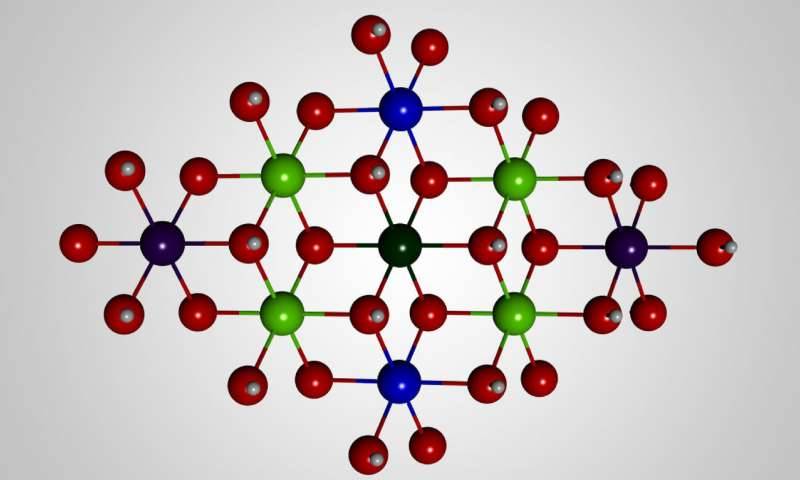Research uncovers mechanism behind water-splitting catalystCaltech researchers have made a discovery
Research uncovers mechanism behind water-splitting catalystCaltech researchers have made a discovery that they say could lead to the economically viable production of solar fuels in the next few years.For years, solar-fuel research has focused on developing catalysts that can split water into hydrogen and oxygen using only sunlight. The resulting hydrogen fuel could be used to power motor vehicles, electrical plants, and fuel cells. Since the only thing produced by burning hydrogen is water, no carbon pollution is added to the atmosphere.In 2014, researchers in the lab of Harry Gray, Caltech’s Arnold O. Beckman Professor of Chemistry, developed a water-splitting catalyst made of layers of nickel and iron. However, no one was entirely sure how it worked. Many researchers hypothesized that the nickel layers, and not the iron atoms, were responsible for the water-splitting ability of the catalyst (and others like it).To find out for sure, Bryan Hunter (PhD ‘17), a former fellow at the Resnick Institute, and his colleagues in Gray’s lab created an experimental setup that starved the catalyst of water. “When you take away some of the water, the reaction slows down, and you are able to take a picture of what’s happening during the reaction,” he says.Read more. -- source link
Tumblr Blog : materialsscienceandengineering.tumblr.com
#materials science#science#catalysts#solar power#electrolysis#hydrogen fuel#hydrogen#nickel
